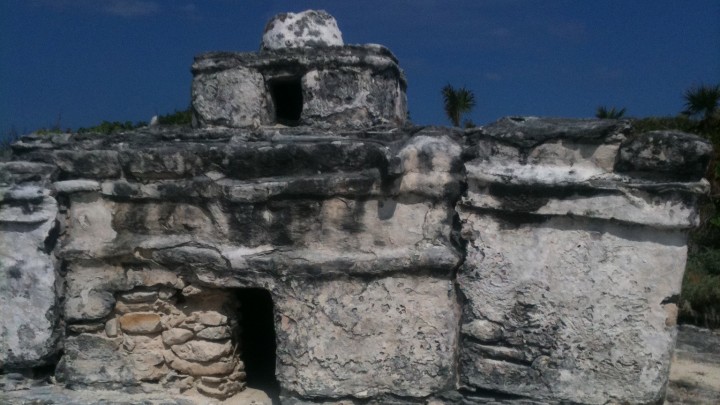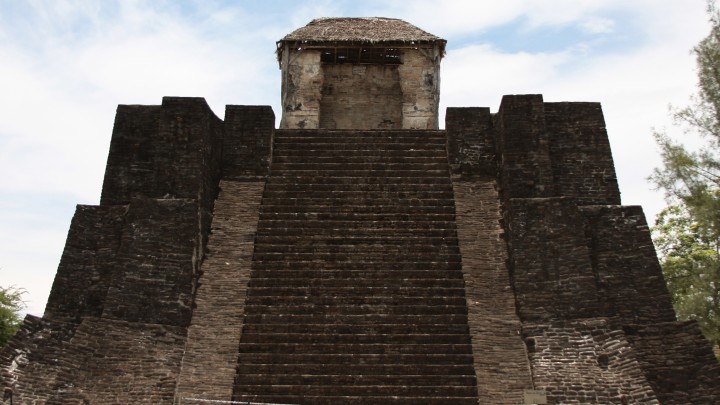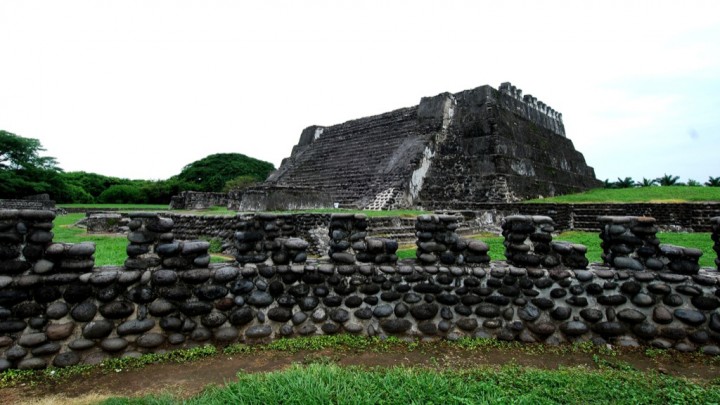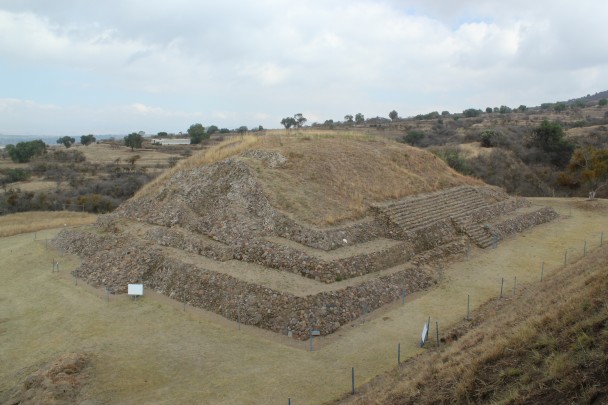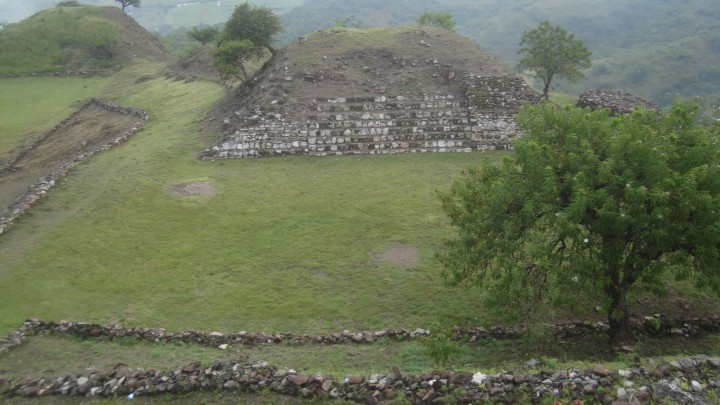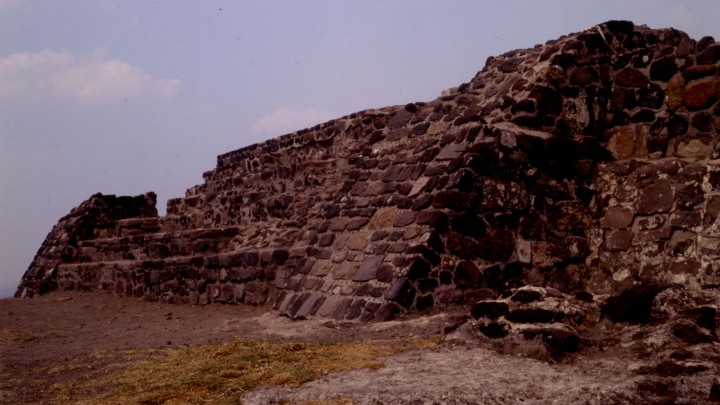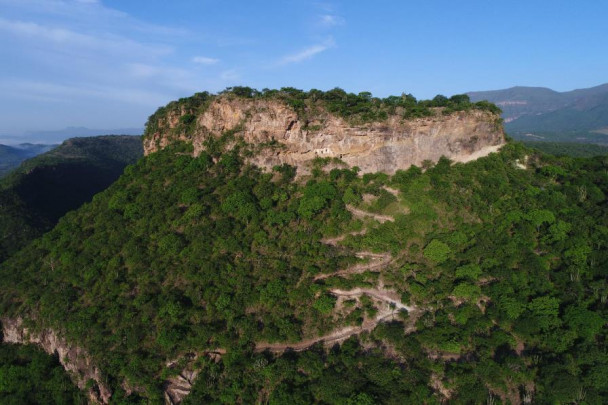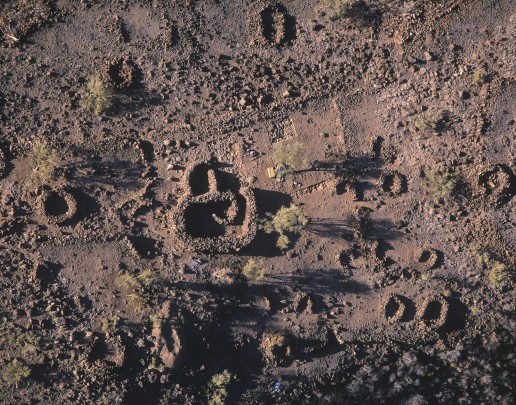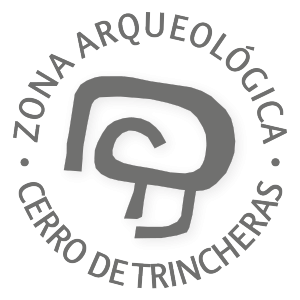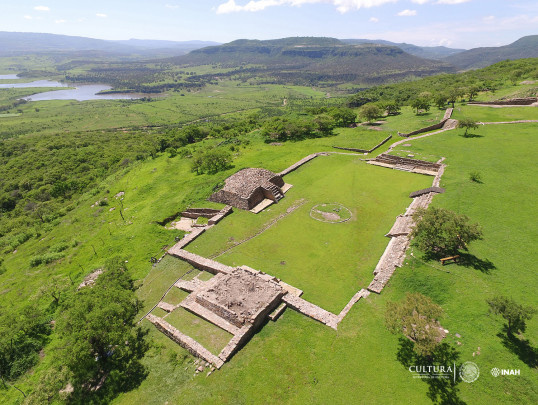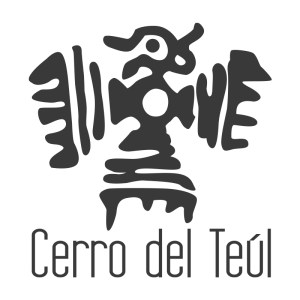189 Sites
In the main ecological reserve of the island of Cozumel, off the Caribbean coast of Mexico, there is a temple whose roof ends in the shape of a shell, decorated with four rows of shells stuck into the stucco. This unique decoration makes it worth a visit.
Quintana Roo
An ancient Huastec town, one of the most important sites on the Gulf of Mexico, its material remains show the influence of Maya, Toltec and Mexica cultures, at different stages of its history. It has a magnificent pyramid topped by a temple.
Veracruz
This powerful Totonac capital once dominated a large area of present day Veracruz and the north of the state of Puebla. Temples, palaces, plazas and fortifications testify to its importance as a political and religious center. Subjugated by the Mexica empire, it allied itself with Hernán Cortés to defeat Moctezuma.
Veracruz
Located very close to San Martín Texmelucan, the origin of the early settlers is unknown. A fortified site with a strong Olmec influence, it maintained trade relations with a number of villages in the Puebla-Tlaxcala valley. Most notable are the plinths built on the edge of the ravines.
Puebla
An ancient Zapotec city whose Tomb 5 contained a plethora of symbols and beautiful figures, considered one of the finest examples of funerary art in ancient Mexico. It has a rich array of religious buildings from 300 and 800 AD when the city was flourishing.
Oaxaca
The slopes of the hill where the hacienda was located had been inhabited from the earliest times, and the settlement grew in importance as the site of New Fire ceremonies, believed to revive the sun at the end of the cycle. It was celebrated every 52 years with ceremonies held in 1351, 1403, 1455 and 1507. The fall of Tenochtitlan prevented the celebration of the fifth event.
Ciudad de México
The majestic Cerro de las Ventanas rises close to the southern end of the Juchipila Canyon. It was named after the pre-Hispanic remains found in a rock shelter under the mountain’s highest crag. The shelter has a stone wall covered in clay with a few holes which look like windows from a distance.
Zacatecas
Twelve centuries ago, a mountain enabled a thousand farmers, craftsmen and leaders to establish a city in the Sonora desert. They levelled out more than 900 hillside terraces, raised walls of river stones, built a plaza on the peak and marked out a shell form. Its traces still remain.
Sonora
Archeologists discovered the first signs of settlement in the state of Zacatecas on the top of a hill. The site was occupied for more than 1,600 years without interruption. The techniques used in the buildings point to great expertise in hydraulic engineering and the skillful use of the natural shape of the land.
Zacatecas

